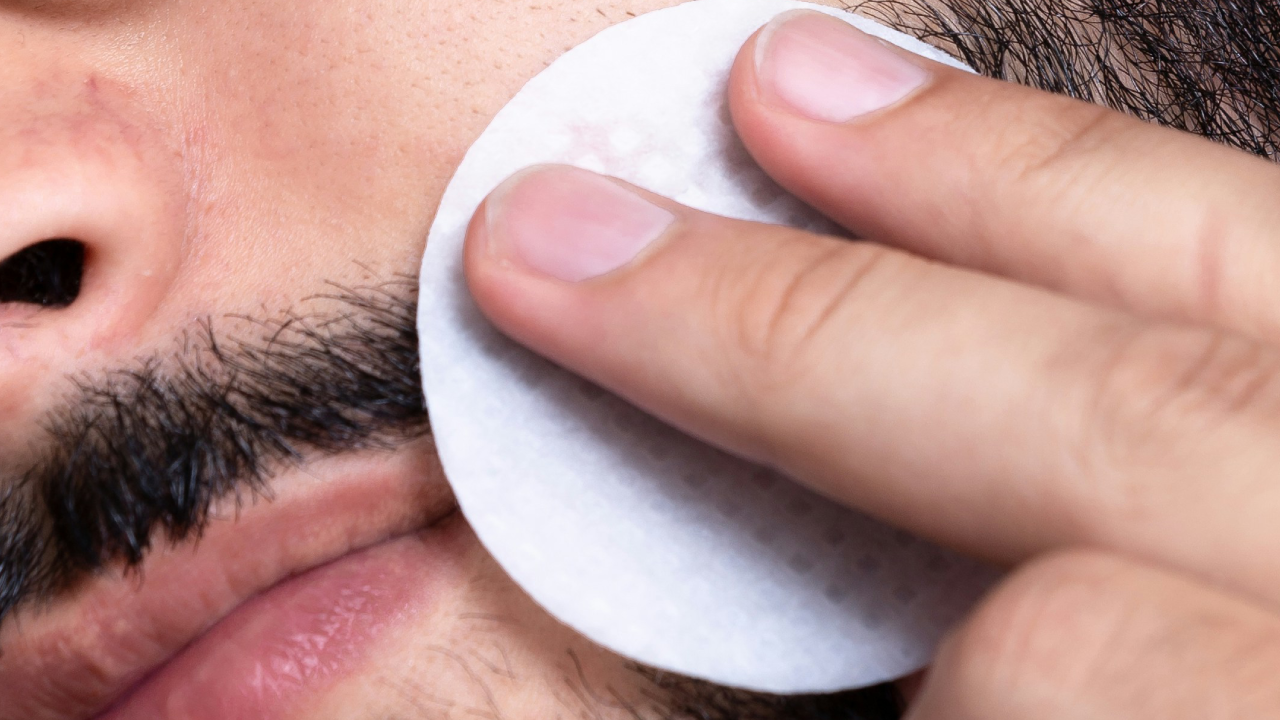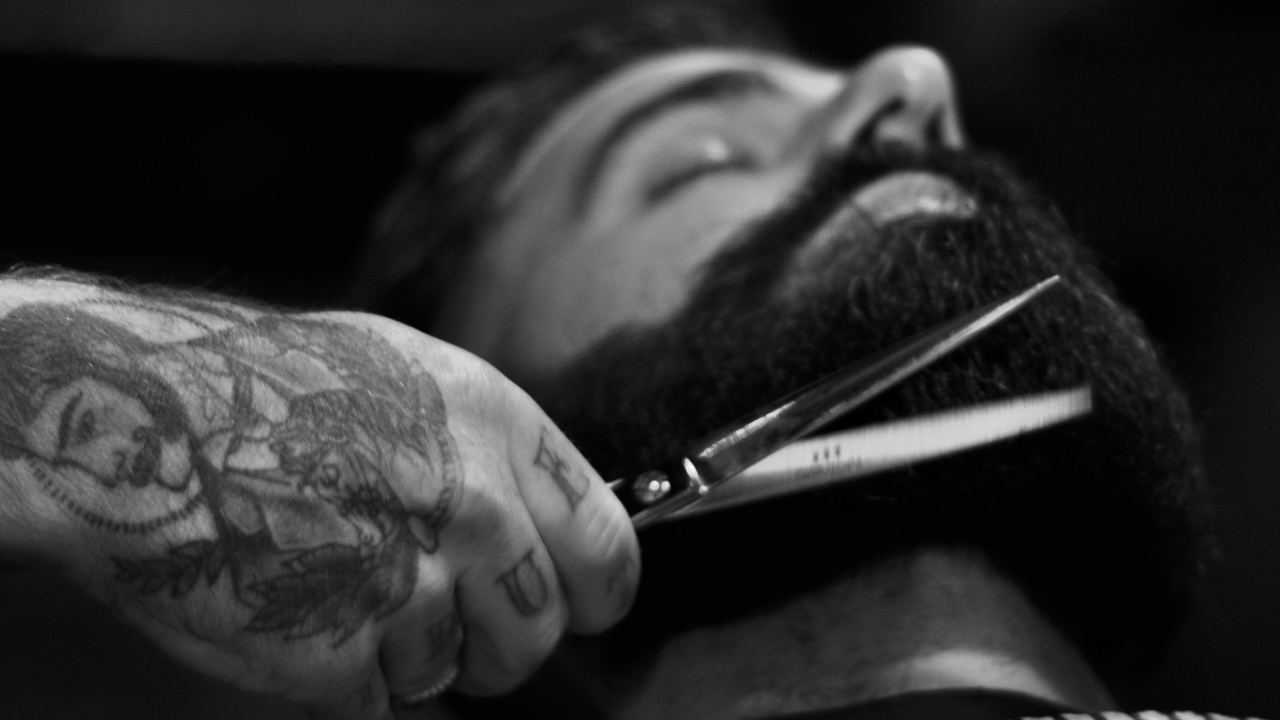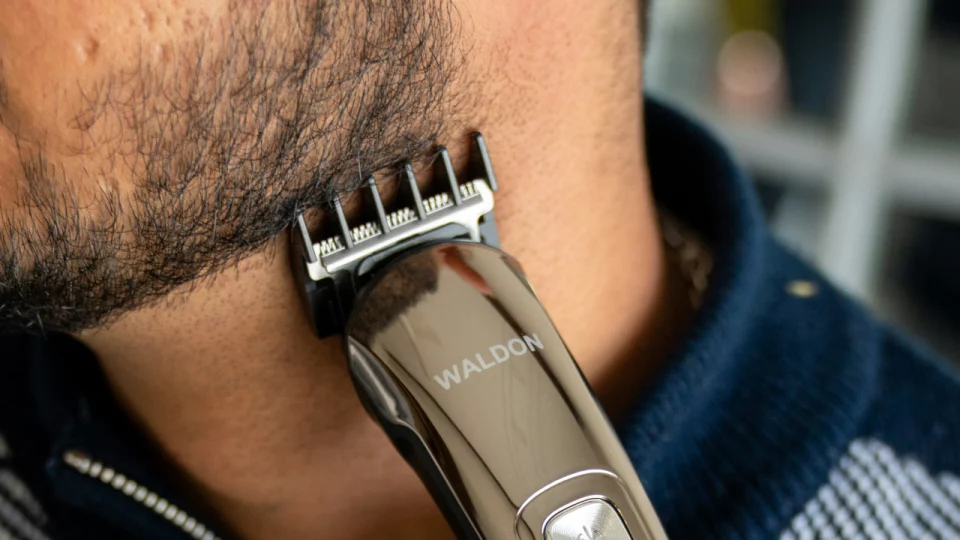Beard grooming is an art form that requires patience, skill, and dedication—much like a full-time job. For those who wear their beards with pride, maintaining a well-groomed appearance is not just a necessity; it’s a statement of personal style.
Whether you’re a seasoned beard enthusiast or just starting your facial hair journey, mastering the art of beard trimming and shaping can make all the difference in your look. In this comprehensive guide, we’ll delve into the techniques, tools, and tips you need to trim and shape your beard like a professional, ensuring that it always looks its best.
Table of Contents
Understanding Your Beard Type
Before diving into the actual trimming and shaping process, it’s crucial to understand your beard type. Just like the hair on your head, your beard hair has its own unique texture, growth pattern, and density. Here are the most common beard types:
- Straight Beard: This type of beard lies flat against the face and is generally easy to manage. It’s great for achieving a sleek, polished look.
- Wavy Beard: Wavy beards have a slight curl to them, which can add volume and texture to your look. They require a bit more maintenance to keep them from looking unruly.
- Curly Beard: Curly beards have tight curls and can often appear fuller than they are. They require regular trimming to prevent tangling and knotting.
- Patchy Beard: This beard type grows unevenly, with areas of thick growth and patches of thinner hair. Styling a patchy beard often involves working with the natural growth pattern to create a cohesive look.
Knowing your beard type helps you choose the right tools and techniques for trimming and shaping. For instance, curly beards may benefit from a slightly longer trim to avoid the appearance of patchiness, while straight beards may require more precise shaping to avoid looking flat.

Essential Tools for Beard Trimming and Shaping
Having the right tools is half the battle when it comes to beard grooming. Investing in high-quality equipment will not only make the process easier but also ensure that your beard looks sharp and well-maintained. Here’s a list of essential tools every beardsman should have:
- Beard Trimmer: A versatile tool that allows you to trim your beard to the desired length. Look for one with adjustable guards and a sharp blade to ensure even trimming.
- Scissors: For detailed work, especially around the mustache and any stray hairs that are hard to reach with a trimmer. Invest in a pair of high-quality barber scissors.
- Beard Comb: A comb helps in detangling the beard, ensuring that it’s smooth and ready for trimming. A wide-tooth comb works well for longer beards, while a fine-tooth comb is ideal for shorter styles.
- Beard Brush: A natural bristle brush helps distribute oils evenly through your beard, promotes healthy hair growth, and helps in shaping the beard.
- Razor: For clean lines around the cheeks, neck, and other areas where you want a sharp contrast between beard and skin. A straight razor or a quality safety razor works best for this purpose.
- Beard Oil: Essential for keeping your beard soft, hydrated, and healthy. It also helps reduce itching and dandruff.
- Beard Balm: A styling product that helps keep your beard in place while also providing moisture and conditioning benefits.
Preparing Your Beard for Trimming

Before you start trimming, preparation is key. Proper preparation ensures that your beard is clean, untangled, and ready for an even trim. Follow these steps:
- Wash Your Beard: Use a beard shampoo and conditioner to clean your beard. This will remove any dirt, oil, and product buildup, making your beard easier to trim. Rinse thoroughly and gently pat dry with a towel.
- Comb and Detangle: Use a beard comb to detangle any knots or tangles. Comb your beard in the direction of hair growth to make sure all hairs are aligned. This step is particularly important for curly or wavy beards, as it helps you see the true length and shape of your beard.
- Apply Beard Oil: Apply a few drops of beard oil to your beard and work it through with your fingers. This will soften the hair and make it easier to trim, while also reducing the risk of split ends.
Trimming Techniques for Different Beard Lengths
Trimming techniques vary depending on the length of your beard. Here’s how to approach trimming based on your beard length:
Short Beards
- Set Your Trimmer: Use a short guard setting on your beard trimmer. Start with a longer setting and gradually go shorter if needed. Trimming too short initially can be hard to correct.
- Go with the Grain: Always trim in the direction of hair growth to avoid cutting too much hair and creating uneven patches.
- Define the Edges: Use a razor or trimmer without a guard to clean up the neckline and cheeks. Aim for a natural curve along the jawline and a straight or slightly curved line on the cheeks.
- Scissor Work: Use scissors to trim any stray hairs that stand out or are missed by the trimmer. This helps achieve a clean, finished look.
Medium-Length Beards
- Comb Out and Trim: Comb your beard outwards to lift the hairs and trim them to the desired length. Use a longer guard on your trimmer to avoid taking off too much at once.
- Shape the Beard: Begin shaping your beard by trimming along the jawline and neckline. For a more defined look, trim the sides slightly shorter than the chin area.
- Tackle the Mustache: Use scissors to trim the mustache, focusing on the area around the mouth to prevent hairs from entering your mouth. Keep the edges neat for a sharp look.

Long Beards
- Section the Beard: Divide your beard into sections using a comb. This will help you manage the length and ensure even trimming.
- Trim the Length: Use scissors to trim the length of your beard, focusing on the ends to remove split ends and maintain shape. Trim conservatively, as it’s easy to take off too much.
- Layer the Beard: For a more natural look, trim the beard in layers, with the hairs closer to the face being shorter than those further out. This adds depth and dimension to your beard.
- Focus on Shape: With long beards, shaping is crucial. Trim the sides slightly shorter to create a tapered effect, or leave them longer for a more voluminous look. Pay close attention to the symmetry and overall shape of your beard.
